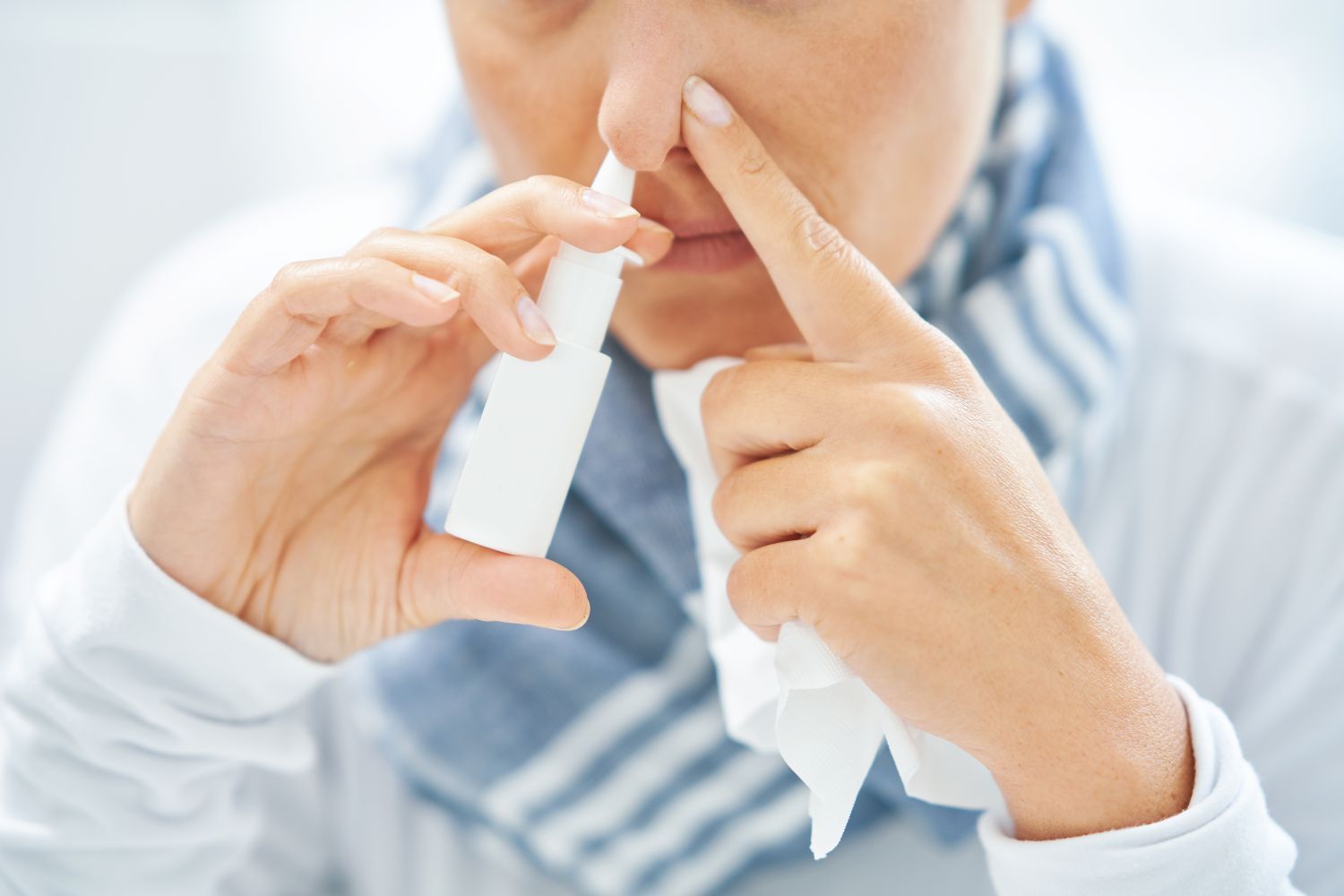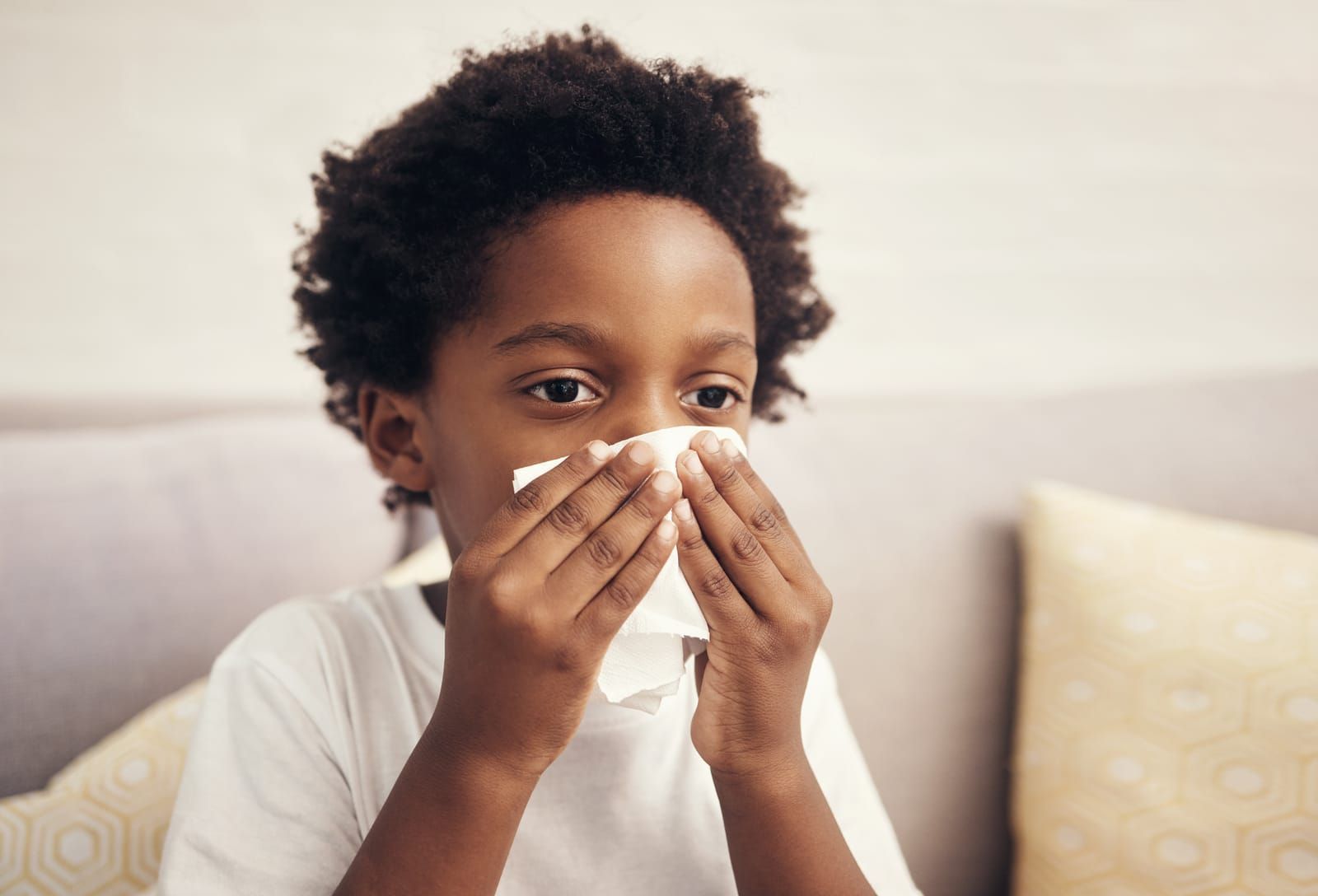Managing Winter Asthma and Allergies
People with asthma are known to experience flare-ups during cold weather. But having asthma doesn’t mean you have to face a bleak winter. The winter months might make managing your asthma more difficult, but the best way to avoid flare-ups and maintain good asthma control is to understand how the cold affects your asthma. Continue reading to learn tips for managing winter asthma and allergies.
Asthma Induced by the Weather
The airways tend to swell and narrow as a result of asthma. People with asthma may cough, wheeze, or have breathing difficulties when exposed to triggers, which aggravate asthma symptoms. Cold air is frequently an asthma trigger for many people.
Asthma sufferers may experience difficulties during the winter because of the following:
1) Flu Season
Cold and flu viruses are more prevalent throughout the winter months. Many children have viral-induced asthma, which implies that a respiratory illness can cause an asthma episode.
2) Allergens Indoors
When the temperature outside drops, individuals tend to spend more time indoors. For some people, this implies higher exposure to indoor asthma triggers, including pet dander, dust mites, and tobacco smoke.
3) Frosty Temperatures
Cold air is inherently drier air and this combination can result in bronchospasm and wheezing when combined with exercise outdoors. Indoor air is also drier during the winter months particularly in homes with forced air heating. The dry air predisposes to airway narrowing and wheezing.
How Can You Prevent Asthma Attacks in the Cold?
Wintertime is known to trigger asthma and can also be difficult for people who suffer from allergies. Below are some tips to prevent allergy and asthma attacks this cold season:
● Stay indoors during very cold weather.
● Limit indoor triggers such as dust mites and mold. To get rid of indoor allergens vacuum and dust your home. Use dust mite covers for your pillows and mattress. Wash your blankets and sheets in hot water once a week to eliminate dust mites as well.
● Try to stay away from someone who seems to be ill.
● Get your flu shot as soon as fall arrives.
When exercising outside in cold weather, here are a few strategies to use to avoid asthma attacks:
● Use your inhaler for 15 to 30 minutes before working out. This widens your airways so that you may breathe more easily.
● Keep an inhaler with you in case you get triggered.
● Warm up for at least 10 to 15 minutes before working out.
● To warm the air you breathe in, cover your face with a scarf or mask.
Maintain a Winter Asthma Management Strategy
The best way to manage your asthma throughout the colder months is to be prepared. Create an asthma winter plan in close consultation with your healthcare practitioner.
Along with adhering to your winter asthma strategy, it's a smart idea to schedule routine checks. This allows your healthcare professional to check in and ensure your therapy is functioning and that your asthma is optimally controlled.
Summary:
Cold & flu, indoor allergens, and cold weather accompanied by dry air are a common asthma trigger during the winter season. The first step in managing your symptoms is an accurate diagnosis of asthma and allergy triggers. Make sure to follow your winter asthma management. If your symptoms seem to get worse whenever you’re out in the cold, you may need to see your doctor to review your asthma action plan.
If you are looking for more information on treating sinus and airway conditions,
join the force of medical specialists at
Snot Force Alliance Inc. We aim to bring specialists together through meetings and research collaborations and inspire innovation in treating sinus, nose, and airway conditions.
Join today!












